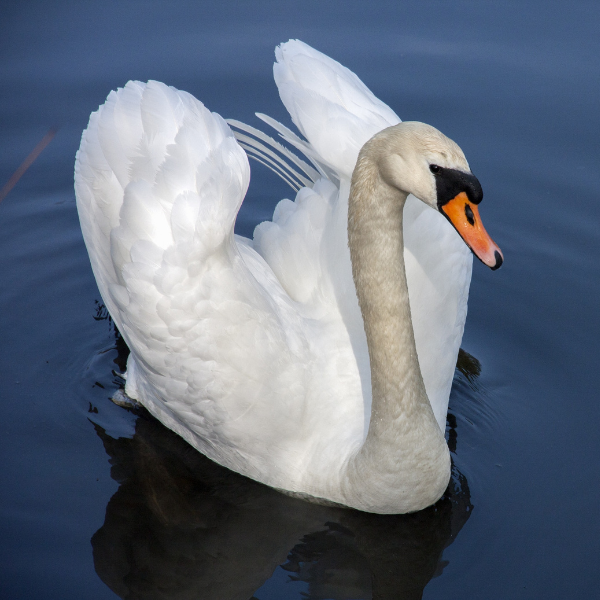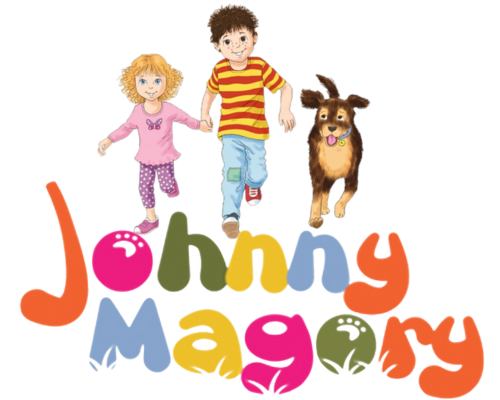
Swan – Eala
The Irish word for mute swan is Eala bhalbh. Average lifespan for a mute swan is ten years but the oldest recorded lived to 28 years and five months in 2012. Female is called a pen, males called a cob and babies called cygnets. The male and female are very similar however the male is larger with a larger black knob on the forehead. Cygnets begin life with grey feathers, then gradually turn brown in adolescence before becoming white. Everyone is familiar with the story “The Ugly Duckling” based on this fact.
A adult swan has approximately 25,000 feathers. Their diet is largely based upon water plants. They use their extended neck to reach 1 meter below the water surface to graze but they also leave the water to graze on land vegetation, insects, molluscs and small amphibians. Newly born cygnets are mainly lost to crows, herons, magpies, pike and large perch. Both cygnets and adult mute swans are also the prey of foxes and mink. Vandals, pollution, dogs, overhead cables, bridges, pylons, lead poisoning, fishing-tackle injuries are some of the main threats to swans.
Most swans don’t breed until they are four or five having spent a year “on honeymoon”. Females tend to be younger than their mate. Swans generally stay together for life. The divorce rate among Irish swans is around 3% per year. Usually breeding in April, nests are untidy heaps of reed grass and debris beside the water bank; some may be floating. The overall clutch size for Irish swans is seven eggs.
Once hatched, the cygnets remain with their mother on the nest for a day or two. Then she leads them onto the water where can swim, vocalise and feed themselves immediately. When danger threatens, a mother will allow the babies climb on her back and shelter under her wings. Try to read “the children of Lir”, a super Irish story.
